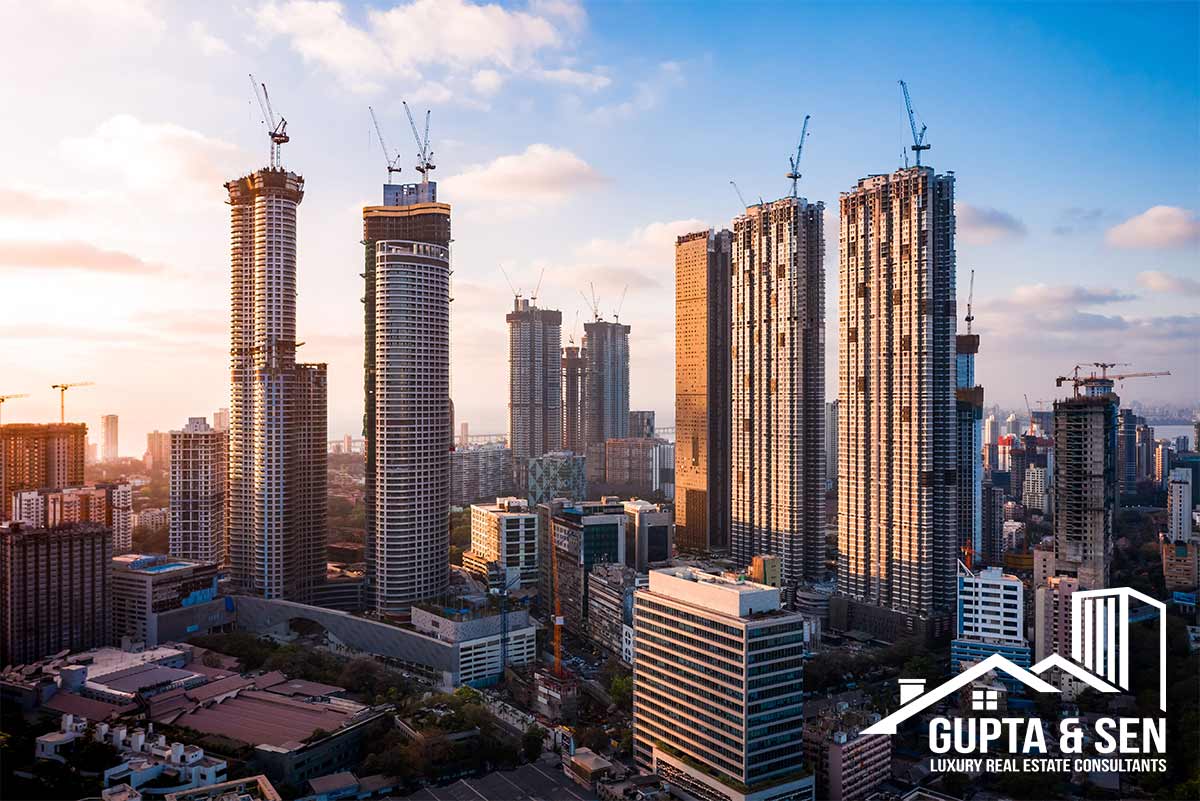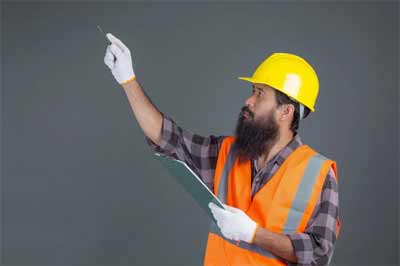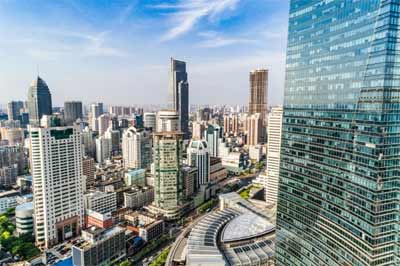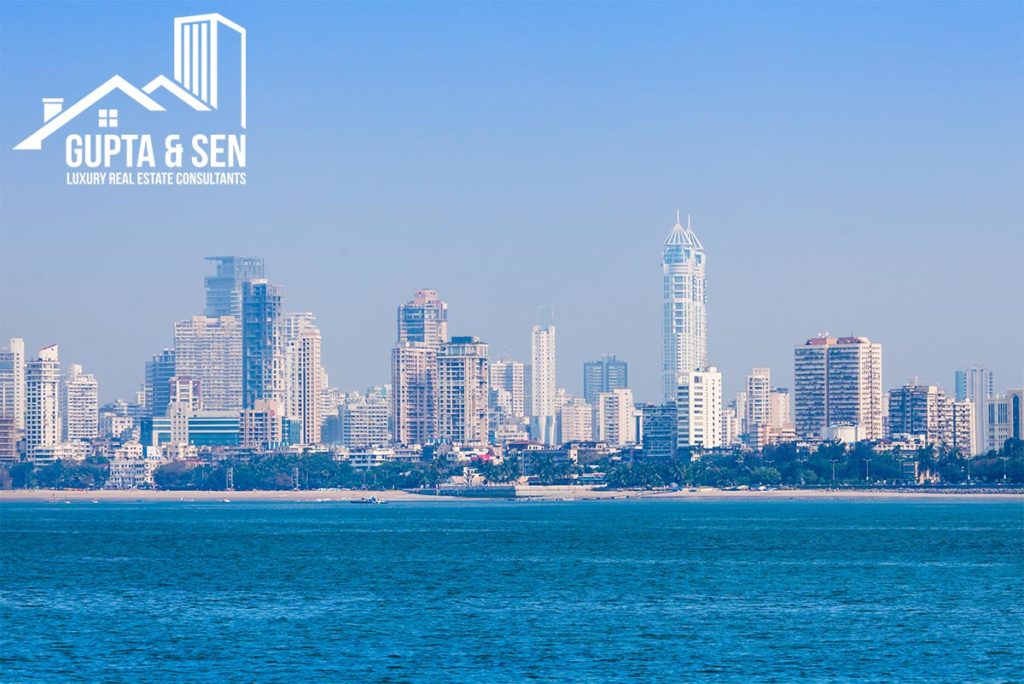Buying New Construction Homes
It’s a fact that majority of the houses sold across India are new construction homes helped largely because of the construction boom across the housing sector in India’s top cities and also because of the hassle-free nature of buying a property with clear titles from reputed brand names in the development sector. Now many home buyers and investors assume that because the flat they are buying is brand new in mint condition, investing in it is simple and easy and hence no due diligence is required. It is true that most of the due diligence is done by the mortgage lender before they approve a loan on the apartment you are planning to buy. But on your end there are certain aspects that you as a buyer need to take care of before you sign on the dotted line. Let me list some pitfalls that can happen even with a newly constructed house.
1. Get a Home Inspection Done
Mistakes do happen in housing construction and the sooner the problems are identified and remedied the better it is for you the buyer.
Technically most newly constructed buildings in India have to go through several city inspections during the construction process and also at the end to get the “occupancy certificate” from the municipal authorities which means that the house has passed all inspections and is ready for habitation.
But there are a number of reasons why you should always have an home inspection done before buying the house. Firstly the city inspector is mainly concerned in safety and compliance to building code. He may not notice the individual plumbing of every apartment or whether the central AC cools the apartment well for that matter. Secondly many builders including the reputed ones use different sub-contractors and the quality of work can vary wildly from subcontractor to subcontractor especially when everyone is rushing to finish work under deadlines.
In fact I would even go forth and say that instead of not having an inspection as a home buyer you should actually get two inspections done – one when the property has just been built and the second one around the eleven-month mark. This is because some reputed developers offer a one-year warranty on their homes and if you can identify the issues that the developer is willing to rectify around the eleven-month mark you could get them fixed by the builder for free.
For example after the house has been lived in for a while, the tenants may notice things that are not working quite as well. Or maybe the house has settled and there are cracks in the walls or the foundations. These are things that can be fixed by the builder at no expense to you.
Click here for a list of – best home inspection companies in India.
2. Watch Out for Hidden Costs
Many a times investors and home buyers will buy a new home and then after the closing is done they will realize that they need to spend a few lakhs more out-of-pocket because they realize that the apartment did not include a modular kitchen or that the interior walls demarcating the rooms are made of plywood! Indian families don’t like wooden walls while the builder employed a Danish architect who built the apartments according to the specifications of his home country! Things like this can be quite shocking for a home buyer. As a home buyer you should always read the purchase contract carefully and ask the builder’s sales team to itemize what is included and what is excluded in the purchase price of your house. Even within the same city and the same suburb the items that are included can vary from builder to builder. Ideally when you are buying a luxury apartment all essentials such as blinds, modular kitchens, marble floorings, false ceilings, AC’s, chimneys and other essential appliances that are a must for a family in our modern times must be added to the purchase price and amotized over the twenty year loan period rather than paid out-of-pocket later on.
If you add these things in a twenty year loan at say a 5 % interest rate it would add a nominal amount to your EMI’s. For most investors its better to pay 25,000 extra every month than to cough up 25 lakhs out-of-pocket. Always remain aware of what is and what is not included in your home purchase contract.
Don’t Go Overboard with Builder Upgrades
Sometimes investors will buy a new flat and then the builder’s sales team gets them all excited and smooth-talks them into buying expensive upgrades. Examples include granite countertops, expensive flooring, gold plating, remote-controlled curtains, tiled baths, smart home fittings – the list goes on. Each upgrade sounds good and none of them seem to cost very high when seen individually but the total amount shoots up quickly adding almost 10 – 15 % of the cost of the house. If you are an investor you should remember that these fancy upgrades will not help you raise the rental value of your flat. A flat in a certain building and a certain neighbourhood can only rent for a certain average base price.
But to look at the brighter side, even if your upgrades do not help you increase your rents they may make your property rent faster. Imagine couples and families out to see properties on a hot Indian afternoon and all the 1 lakh per month rental 3 BHKs all look the same but then they see your flat and yours really stands out because of all the attractive upgrades. Which flat do you think will the family choose to stay in? You as the investor should weigh the pros and cons of the upgrades vs the incremental benefits and decide which way you want to go.
Additionally you should also take advantage of any builder incentives. For example some builders may offer free upgrades or reduced pricing if you go with the lender that they have tied up with.
Be Careful of Infill Locations in Old Neighbourhoods
If you are a property investor or just an owner-occupant you should ideally not be buying properties in new construction buildings in run-down or old or seedy neighbourhoods.
The danger here is that the new building will not fit in with the neighbourhood especially if it’s a really old neighbourhood. Think of a luxury apartment building coming up in Antop Hill Wadala or near Deonar Abbatoir in Mumbai. In such cases the older priced homes around this building will cause your property’s rate to decline. I don’t need to inform you that this is the opposite of what most home buyers want viz. appreciation. As I have mentioned in an earlier article here (Investing in Safe Deals) it is always safer to buy the worst house in the best neighbourhood rather than vice versa. When you buy an older house in a good area you can always renovate it to bring it upto the neighbourhood’s standards and get some forced appreciation.
As a property investor you should always buy homes in neighbourhoods that are newly developed areas (Navi Mumbai, Palghar for e.g.) or affluent areas.
Bottom line:
Ask yourself if the surrounding buildings around your flat help or hurt your new-construction home’s value.
Always Visit the Property
This holds true for a lot of NRI’s who like to invest their money into buying property in India. Some busy investors investing in property in India from other countries assume that since the property that they are buying is new, they don’t need to fly out to India and inspect the property personally. They instead try to finish the paperwork from their adopted country. This approach can cause a number of problems. Here are some surprises that you may experience if you do not visit the property yourself and pick out the house you want yourself.
You buy a flat sight unseen and then you come to India and realize that your flat faces a nallah, slum or your view and sunlight is blocked by the building in front or the soon-to-be-coming building in front! Or that your building is in the pathway of flights thereby causing constant noise and discomfort. There are many such surprises that can greet a home buyer who decided it was not worth taking a 24 hour flight to India to buy property.
Don’t try to think that you can view the address of the location on Google Maps because the building has just been completed and Google Maps may not have updated the location yet! Even with live or virtual 360 degree views of the flat or video tours nothing can replace going to the site in person to see the development and pick the flat you want.
If its really impossible for you to do a site visit then the next best thing is to ask the real estate agency with whom you are working to buy the property to visit the flat and take a detailed video tour of the flat room-by-room. This also means taking close-up shots of all fixtures, tiles, cabinets, appliances and overall layout. Apart from that they should also send you views from the windows and balconies and also a video of the amenities area, the lobby, the parking bays and also the streets leading upto the building. If you are an investor you should also ask your agent to take the call on selecting the flat which has the best views and which is vastu-compliant thus ensuring that the flat would quickly attract tenants.
One way or another someone should visit the property you are buying in person. If not you, then your real estate agent or a family member or close friend who only has your best interests in mind.
Consider the Phases of Construction
Most new developments are built in phases because the developer does not want to put a hundred flats on the market all at the same time. Also the developer needs to sell some homes in Phase 1 to be able to raise more capital to pay for the construction of Phase 2 and so on.
Here is how the phases work. Let us assume that a development consisting of 60 apartments are being built. The developer will first build and “release” the first twenty houses in phase 1, the second twenty houses in phase 2 and the last twenty houses in Phase 3. Each phase may take 6 months to a year or more. So this development would be sold within two to three years.
There are almost always price increases with every phase. So if you are lucky to buy in Phase 1 you can enjoy some appreciation since the flat you purchased in Phase 1 is now selling for a few lakhs more by Phase 3.
Thus, you should always factor in the construction phases into your purchase decisions especially if you are buying in a large complex such as Lodha’s The Park in Lower Parel, Mumbai. But don’t let this aspect run your investment choices. Some investors tend to sabotage their decisions by never buying in the later Phases especially if they missed the boat by not buying in the earlier phases and having missed out on the appreciation. So they assume they will wait for some new construction by some other builder and then buy out immediately when the project is launched in the market. But guess what? Next year’s Phase 1 will be more expensive than Phase 3 this year. If you find a good apartment that fits your budget in a good development by a reputed builder your investment in Phase 3 or 4 could also be a worthwhile investment. In fact even in the later phases, builders may offer special deals because they may want to close out the development before the end of the financial year and you might be able to take advantage of that.
Check for Overbuilding in Your Market
It is a fact that areas like Lower Parel in Mumbai have been overbuilt. The entire Lower Parel and Mahalaxmi stretch in Mumbai is deluged with new apartments that have come up all the same time, causing prices to plummet. The problem is not entirely the developer’s fault. It takes years to get building permits from the BMC and other departments. And then the planning and hiring of architects and contractors takes time and then there is the delays caused by unpredictable events like the Corona virus pandemic etc. By the time the properties go on the market, the market may have turned for the worse. So if you are buying an investment property mainly for rental income then you should definitely not be buying in overbuilt areas where it would become extremely difficult for you or your agent to find a tenant for your apartment because of the oversupply of units in such areas.
Price Negotiation
Some home buyers and investors wonder whether home prices can be negotiated in a new developments. Generally the answer is “no”. Lets say the new development has 100 homes and in the first phase the developer drops his price by 10 lakhs from 2 Cr to 1 Cr 90 lakhs. That lower price now sets a new (and lower) standard rate for the neighbourhood. So the developer doesn’t just lose ten lakhs – he loses ten lakhs on each of his 100 houses. To figure out the developer’s losses go do the math!
Some possible workarounds
If the end of the financial year is approaching and there are only a few units left and the builder wants to close out the development he may be more flexible – though the builder must be sensitive to the fact that if he sells flats at lower rates he will jeopardize the value of the previously sold homes. Some developers might consider an arrangement whereby you pay him the full price of 2 Cr but he will give you back ten lakhs at closing. Thus you effectively pay 1 Cr 90 lakhs for the house but on the books it seems like you paid the full 2 Cr.
Another workaround is a more common one whereby the builder does not reduce the price but throws in some upgrades like granite countertops, modular kitchen, AC’s etc. Whenever you find a good deal on a new construction apartment that gives you good rental returns go for it. New homes rent quickly in the any market – more so post Covid 19. Most tenants go for renting new homes rather than older homes because they require minimum maintenance and also because of the many recreational and health amenities that builders throw in.
Do not miss a single article!
Submit your email id to get new articles directly into your email inbox!
- Paperwork and Pricing of a Property - April 4, 2024
- What type of Real Estate Investor Are You? - March 25, 2024
- Various Ways to Profit as a Real Estate Investor - March 22, 2024




















